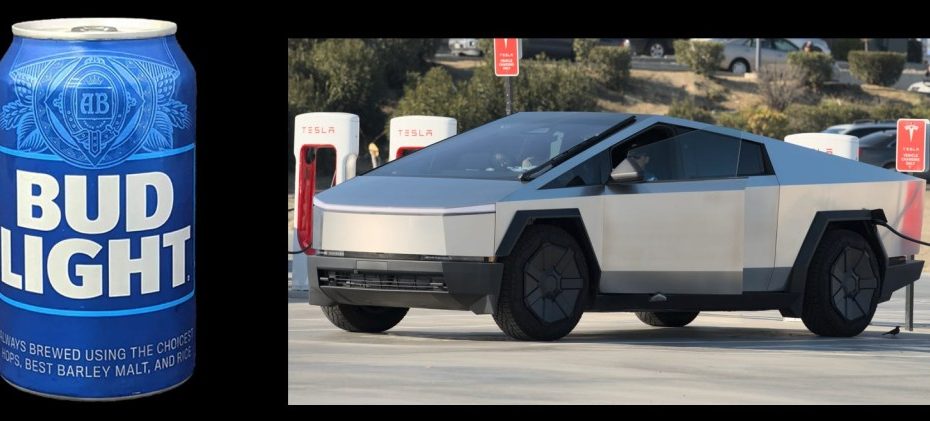What do you do if your favorite things change “too much”?
Our favorites become favorites because we like them the way they are. But capitalism and our modern tendencies to quickly become bored with things and to become fascinated by “The New” put brands under a lot of pressure.
The tension between “leave it the way it is” (aka, “if it ain’t broke…) and “we gotta do something fresh” (aka, “creativity”) often yields results that we find less appealing than the originals, like those blue and orange cookies up there at the top. Suddenly, my favorite cookie isn’t appealing anymore.
And, because brands are more about their current meaning than they are about the objects themselves, we’ve recently seen a few examples of this tension in the marketplace. Here are two:
The meaning of both of those objects has changed dramatically over the last year or so. As a result, many people who’d previously chosen them as favorite things became less comfortable being associated with them. That feeling…that discomfort…arises from the close connections we establish between our identities and the objects we select to project those identities. Of course, we’re often unaware of just how closely we’ve formed those connections, but, like so many things, we probably don’t recognize just how close those connections are until “things change.”
Then, the can of beer that we casually ordered to express our “made in America for real Americans by a true American brewery” values no longer says that, at least in the public conversation that followed a marketing campaign that became way too controversial. Overnight, my favorite became the Target (pun intended) of a boycott.
Or, take that futuristic electric “truck” we purchased to show our technological hipness and affiliation with a brand headed-up by a modern-day Thomas Edison/Tony Stark. That favorite vehicle became an expression of a tacit approval of the new Edison/Stark’s behavior as an out-of-control, unelected governmental chaos generator. Again, overnight, that vehicle became the Target (sorry) of derision and even vandalism.
These two situations (OK, four if you count the fictitious Oreos and me sneaking in the Target thing) are examples of the fluidity—sometimes even volatility—of the meaning of branded objects. One day, you’re just having a beer, driving your truck, or shopping; the next, you’re a combatant in a culture war.
What we see at work here is the role of cultural context in the establishment of meaning. Neon blue cookies with electric orange icing might be fine in some futuristic niche cultures, but not in my here and now. To me, they’d just be too damned weird…and my brain probably wouldn’t “let me” taste them as simply Oreos.
Cultural context means it’s (still) impossible (even two years later!) to simply order a Bud Light without a tinge of the psychological effects of the surrounding brand controversy.
As for the Cybertruck, we’re probably just beginning to see the persistent impact of the changes that object is undergoing. I bet it’s going to be a lot harder to drive a Tesla-branded vehicle without experiencing the dramatic impact that meaning has on objects in our modern culture.
Tom Guarriello is a psychologist, consultant, and founding faculty member of the Masters in Branding program at New York’s School of Visual Arts. He’s spent over a decade teaching psychology-based courses like The Meaning of Branded Objects, as well as leading Honors and Thesis projects. He’s spearheaded two podcasts, BrandBox and RoboPsych, the accompanying podcast for his eponymous website on the psychology of human-robot interaction. This essay was originally posted on Guarriello’s Substack, My Favorite Things.
Header image created by author using Chat GPT.
The post My Favorite Things … Change appeared first on PRINT Magazine.
